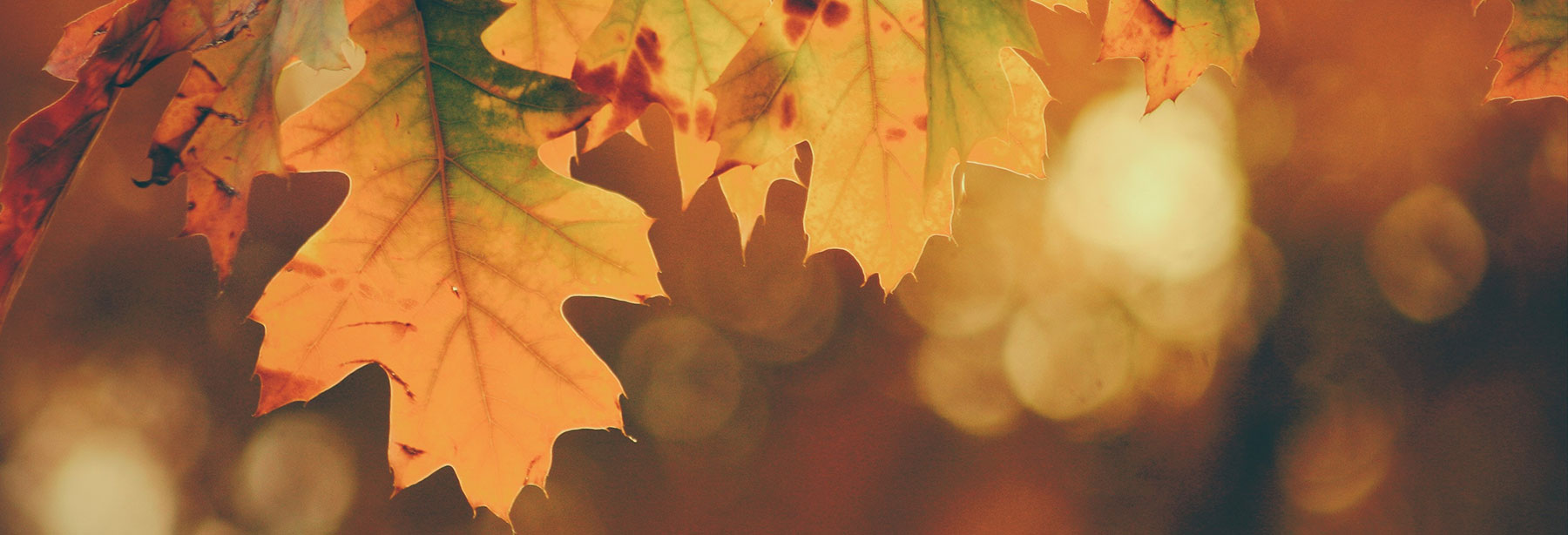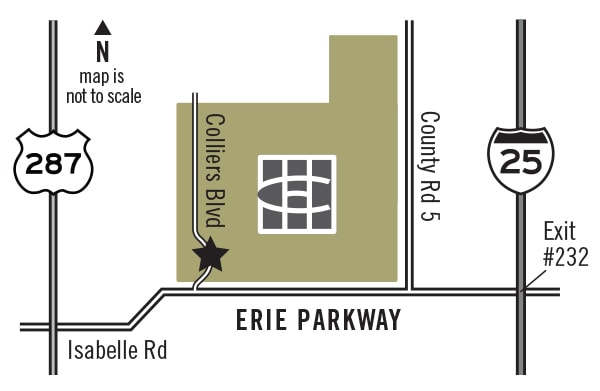Thank You Very Mulch
Not only does new mulch look attractive in your garden and around your bushes and trees, its benefits far outweigh the effort it takes to dump and spread! And there are pros and cons to both the wood and the rubber variety – or as they say in the biz, organic vs. synthetic.
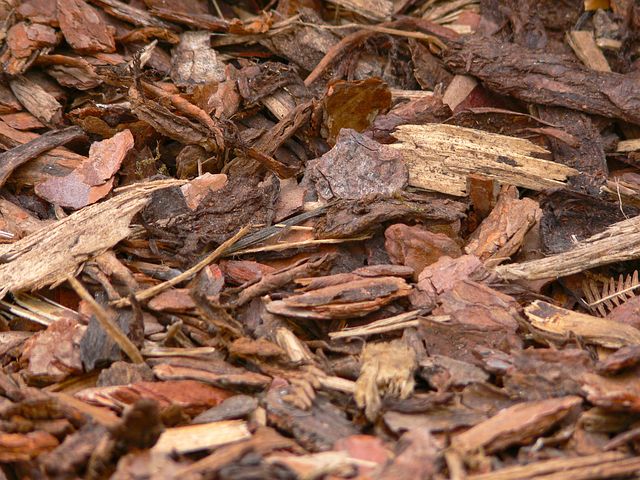
If you’re all about organic, then you’ll like the way wood mulch maintains and improves soil as it decomposes and paves the way for earthworms. What’s so great about earthworms, you ask? They actually play a pivotal role in making your soil richer, more aerated, and more productive, pulling residue from plants into the soil where microorganisms transform it into rich, loamy humus.
But we digress…

Mulch prevents soil erosion by breaking the impact of water that falls during heavy rainstorms and roof runoff. It also acts as a barrier to weeds and sunlight and can even deter pests that don’t like the smell of its natural oils. But now dyed wood mulch, or mulch from old pallets that have been used for who knows what, may contain arsenic, creosote and other toxins.
Not all wood mulch is created equal.
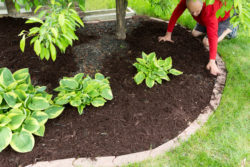
According to DoItYourself.com because of the reclaimed and used nature of most mulch material, the only way to be sure that your wood mulch is free of toxins, is to use tree bark mulch “that hasn’t been dyed, treated or used for another purpose.”
The other possible downside to wood mulch is its potential to develop mold and fungus. Wood can also produce “artillery” fungus, the spores of which can stain nearby cars and homes that once dried, are pretty much there forever!
Non-Organic Mulch

Non-organic or synthetic mulch can refer to rubber and/or plastic material and these generally contain chemicals that can leach into your soil. There seem to be two schools of thought about rubber mulch, and if you want a detailed examination of the benefits’ claims, check out the 10-page exploration at Nature’s Way Resources.
The few considerations that give non-organic mulch an edge include 1) it doesn’t fade for 10 to 12 years so doesn’t require regular replacement; and 2) rubber tire mulch reduces mold and weed growth by dehydrating most weed seeds and spores before they can reach through the soil.
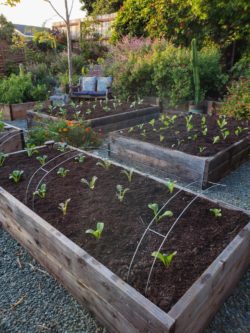
While it depends on the type of benefits you’re looking for, rubber mulch offers excellent drainage for soil and supplies great insulation against harsh weather. It allows a higher degree of heat to be maintained in the soil and is superior when it comes to maintaining moisture levels. But if we can use earthworms as an example, along with good microbes that enrich the soil structure, they need decomposing organic matter as a food and energy source.
While wood chip mulch can provide long term benefits to soil as it breaks down over time, it’s also high in carbon. Carbon will seek out nitrogen, say the experts at Do It Yourself.com, to help it break down into soil. Nitrogen is good for your soil, and it’s possible for wood mulch to actually steal nutritious nitrogen from the plants its meant to protect.
How Much, How Often and Cost

Overall, if you go out to purchase organic or non-organic mulch from your home improvement store – wood will be cheaper than rubber mulch. But, when you consider that rubber mulch lasts a LOT longer and you don’t have to repurchase or re-spread it every one or two years, the high cost is offset by its longevity. (Not to mention the labor required to replace it every year or two!)

Since mulching insulates soil keeping it cool during hot weather and prevents crusting (when the top soil dries out), mulching now is primarily for weed control and preserving moisture. Blogger Margaret at Mother Earth Living says that any mulch is better than none (and this site majors on organic – whether grass clippings, sawdust, paper, leaves, weeds, pine needles, compost or presumably chipped wood).
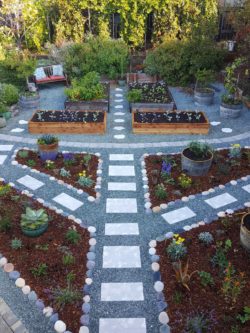
For a detailed primer on how deep to apply the mulch – and it seems to vary depending on whether you’re mulching garden beds, flower bulbs, trees, etc., Homestead and Chill has lots of tips and ideas about preparing the ground and using the combination of homemade compost and a bagged soil conditioner.
The latter is a “fine woody mulch that has mild slow-release amendments” in it – never a bad thing for Weld County soil which if you can believe this DETAILED survey, is largely sandy, gravelly and clay. And pictures of blogger Deanna’s enviable garden beds and backyard(s) – complete with free-range chickens – will make you a dedicated student of the Plant Lady!
The Lush and Lovely Landscapes of Colliers Hill!
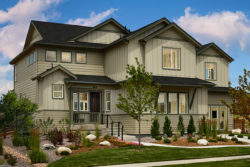
We have an amazing collection of homeowners in the master-planned community of Colliers Hill who love where they live and are proud to show it — in manicured lawns and thoughtful landscaping! This fast-growing new home community in Northern Colorado has lots of exciting amenities and the beautiful model homesfrom KB Home, Century Communities and Richmond American Homes – and coming soon, Boulder Creek. With homes priced from the $400s, life is better on the Hill!

